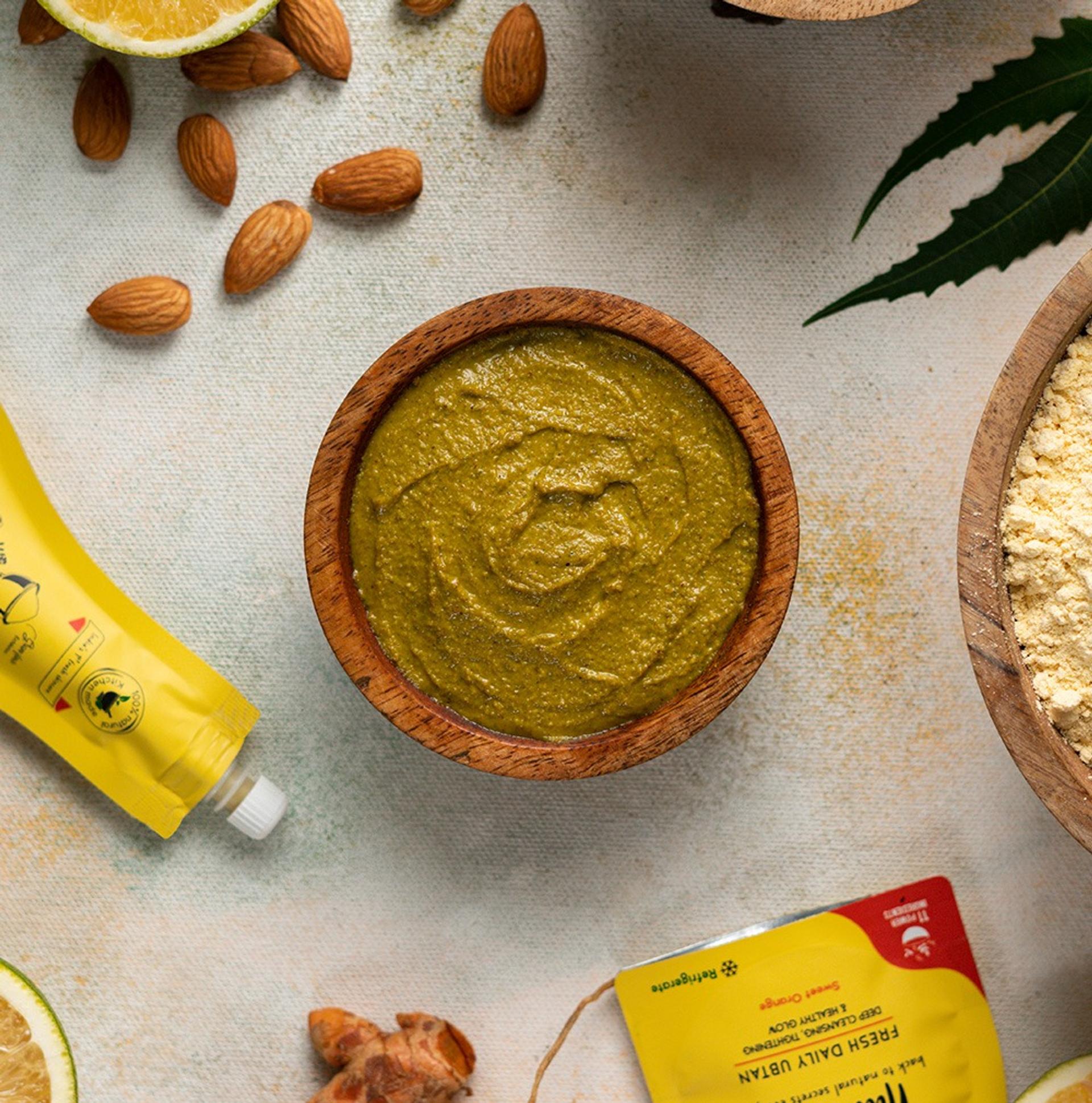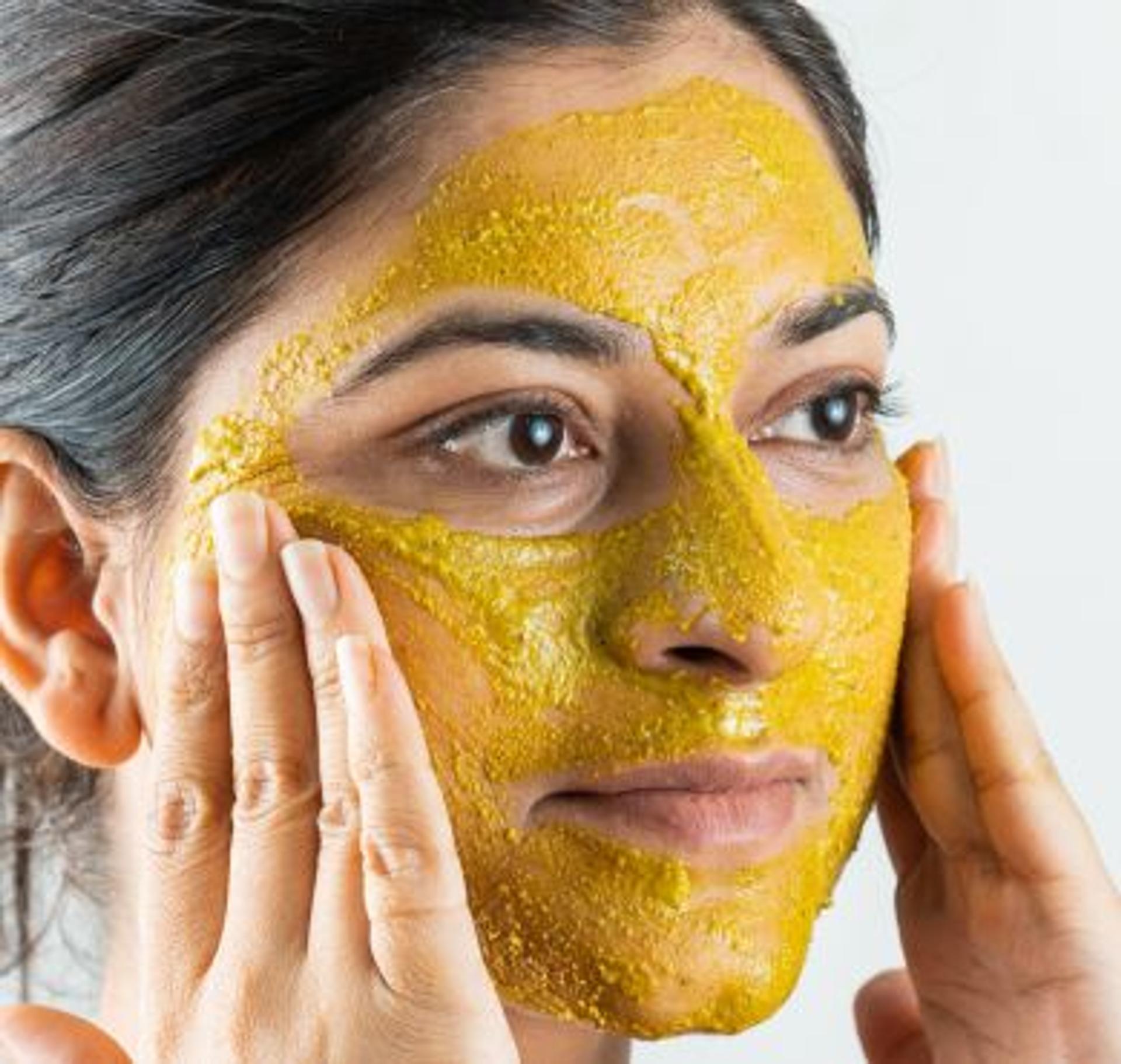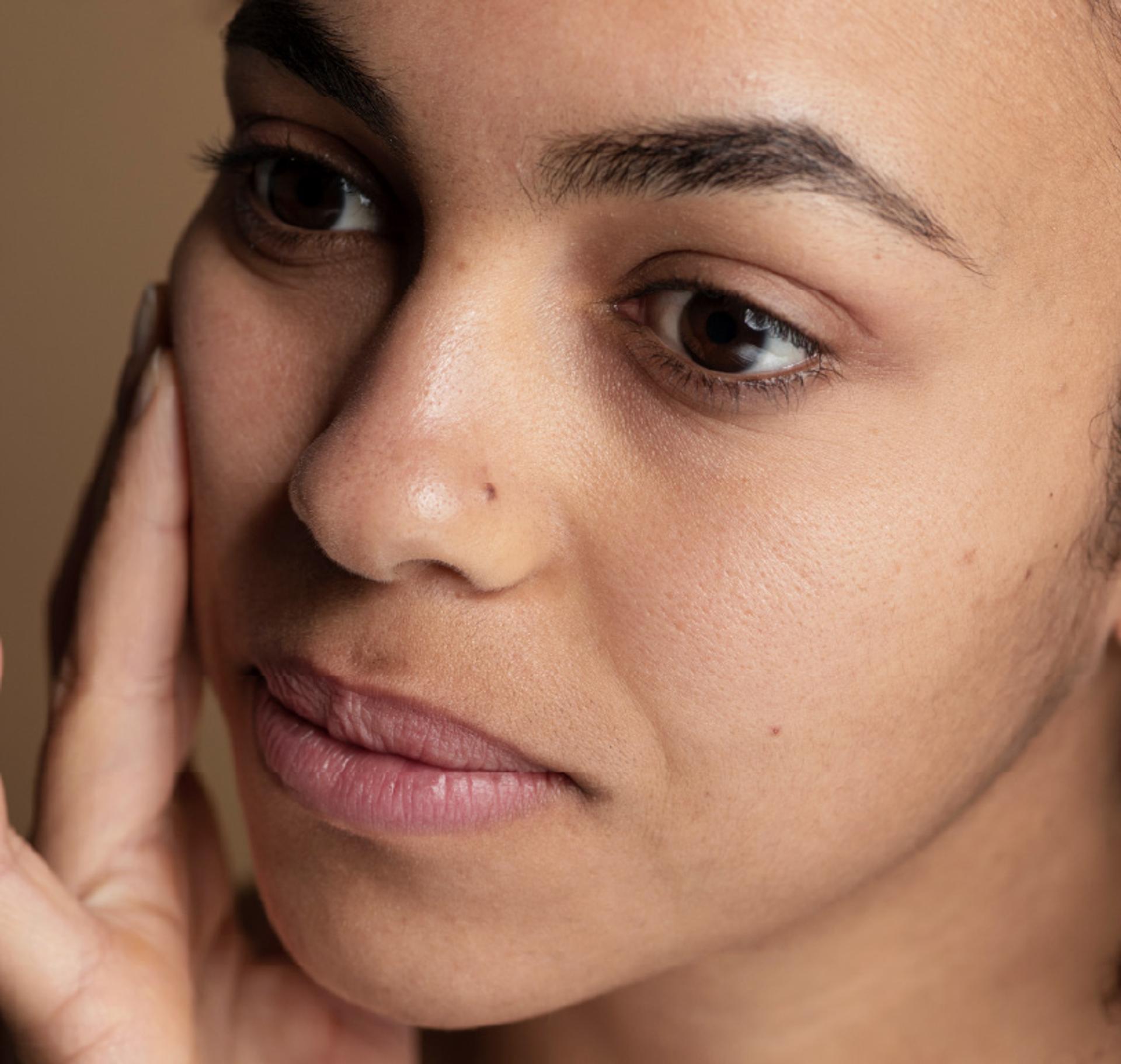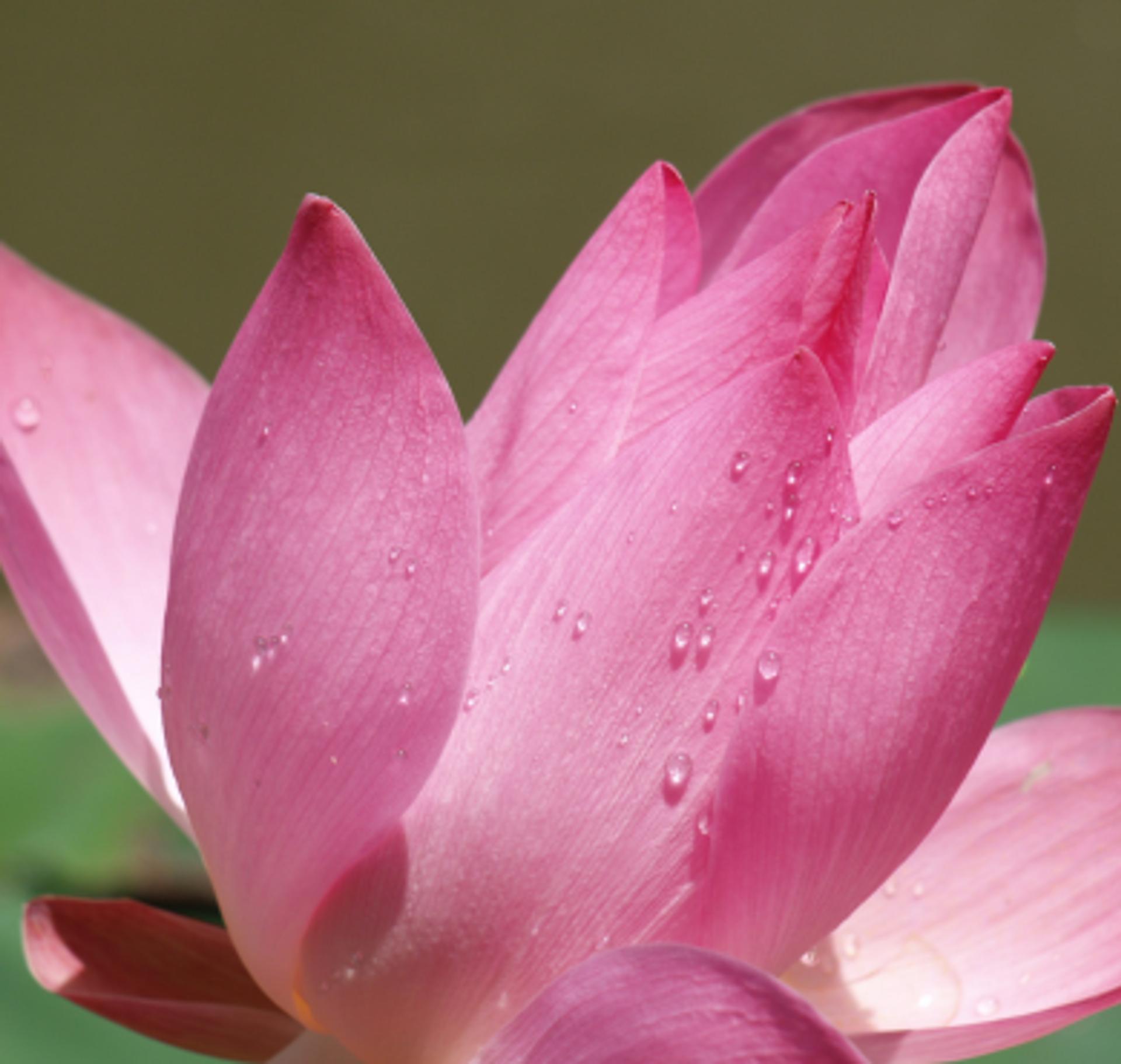
Lotus: From Symbol to Science, From Stillness to Skin Repair
By Nat Habit
It rises untouched from murky waters, unfolding petal by petal — serene, unblemished, glowing.
To the eye, it is grace.
To the skin, it is science in bloom.
The lotus has long been a symbol — of purity, transcendence, stillness in chaos. But beneath that symbol lies a pharmacologically rich matrix of antioxidants, enzymes, amino acids, flavonoids, and plant hormones. It doesn’t just survive in stress — it rewires the biology of resilience.
The Sacred Flower Turned Cellular Healer
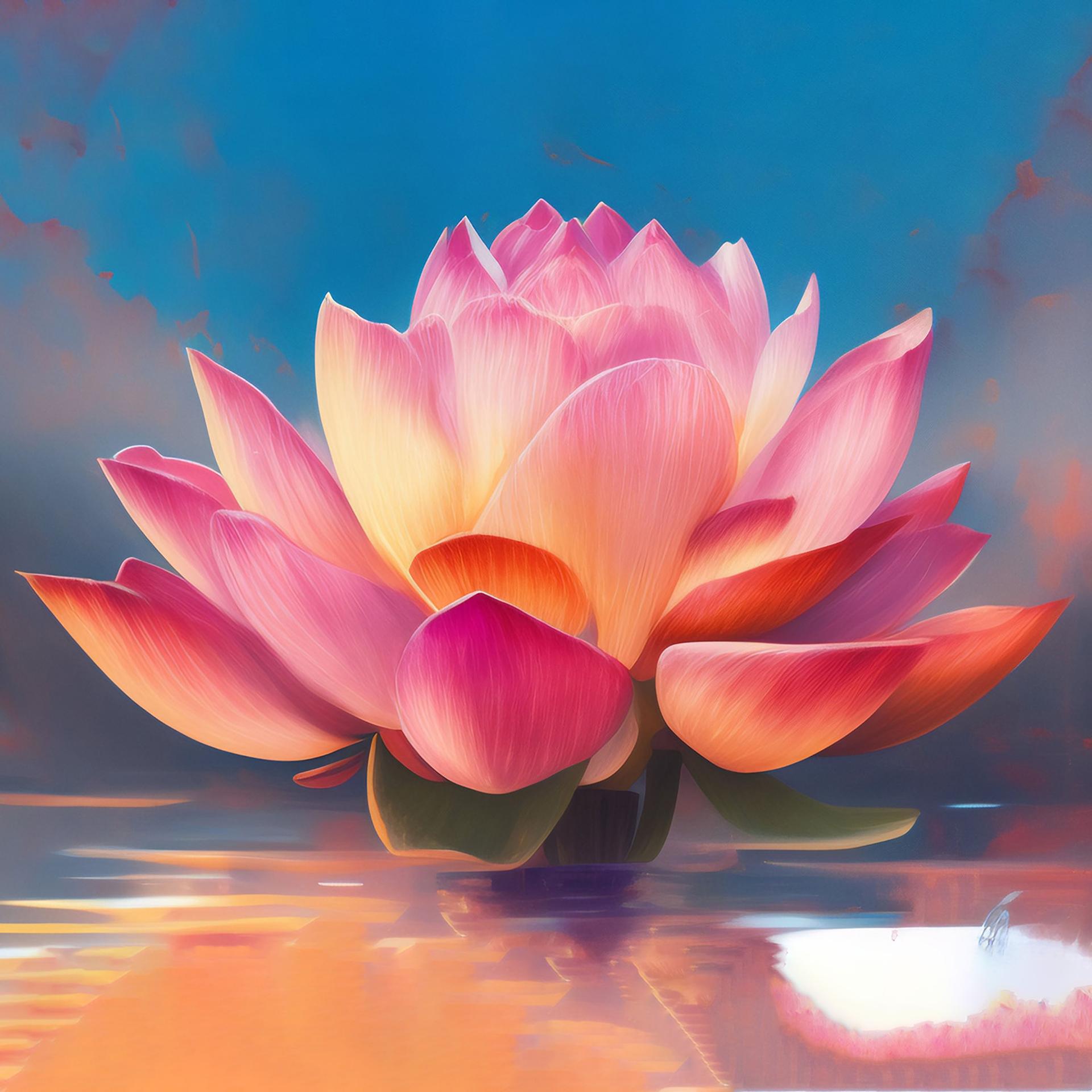
In Ayurveda, lotus (Nelumbo nucifera) is known as “Padmini” — the flower of the enlightened feminine.
It is sheeta virya (cooling), madhura rasa (sweet-tasting) and used in formulas to calm pitta, purify blood, and rejuvenate organs and skin.
In Unani medicine, it’s prized for treating heat-induced inflammation, skin eruptions, and mental fatigue.
Today, its petal, seed, root, and stamen are being studied for roles in anti-aging, melanin regulation, wound healing, and even neurodermatological health — making lotus a truly multi-system botanical.
What’s Inside Lotus
The Biochemistry of Clarity, Calm & Collagen

Lotus is one of the rare botanicals where every part — petal, root, seed, stamen — carries unique skin benefits. Together, they deliver a holistic matrix of:
Flavonoids (Kaempferol, Quercetin, Hyperoside)
- Combat oxidative stress, particularly in UV-damaged and pollution-exposed skin
- Stabilize capillaries, improve microcirculation, and fade redness and dullness
- Inhibit tyrosinase, reducing melanin overproduction in hyperpigmented skin
Alkaloids (Lotusine, Nuciferine)
- Exhibit anti-inflammatory and anxiolytic properties — calming both skin and nervous system
- Help regulate sebaceous gland activity, making lotus ideal for combination/oily skin
Polysaccharides
- Create a protective moisture film on the skin
- Support wound healing, epithelial repair, and increase skin plumpness
Amino Acids (Arginine, Leucine)
- Support protein synthesis and skin regeneration
- Improve elasticity, resilience, and dermal density
Phytoestrogens
- Mimic estrogen-like activity to support skin density and hydration, especially in aging or hormonally imbalanced skin
- Work beautifully in perimenopausal or postpartum skincare
Vitamin C + Minerals (Zinc, Potassium, Phosphorus)
- Aid collagen synthesis, improve barrier strength, and support skin’s natural detox pathways
Lotus for Skin
The Rebalancer for Redness, Pigmentation & Barrier Stress
Lotus isn’t just a gentle glow-giver — it’s a multi-target botanical active that works across cellular stress pathways, pigmentation enzymes, inflammation mediators, and structural skin proteins.
1. Reduces Hyperpigmentation at Enzymatic & Cellular Levels
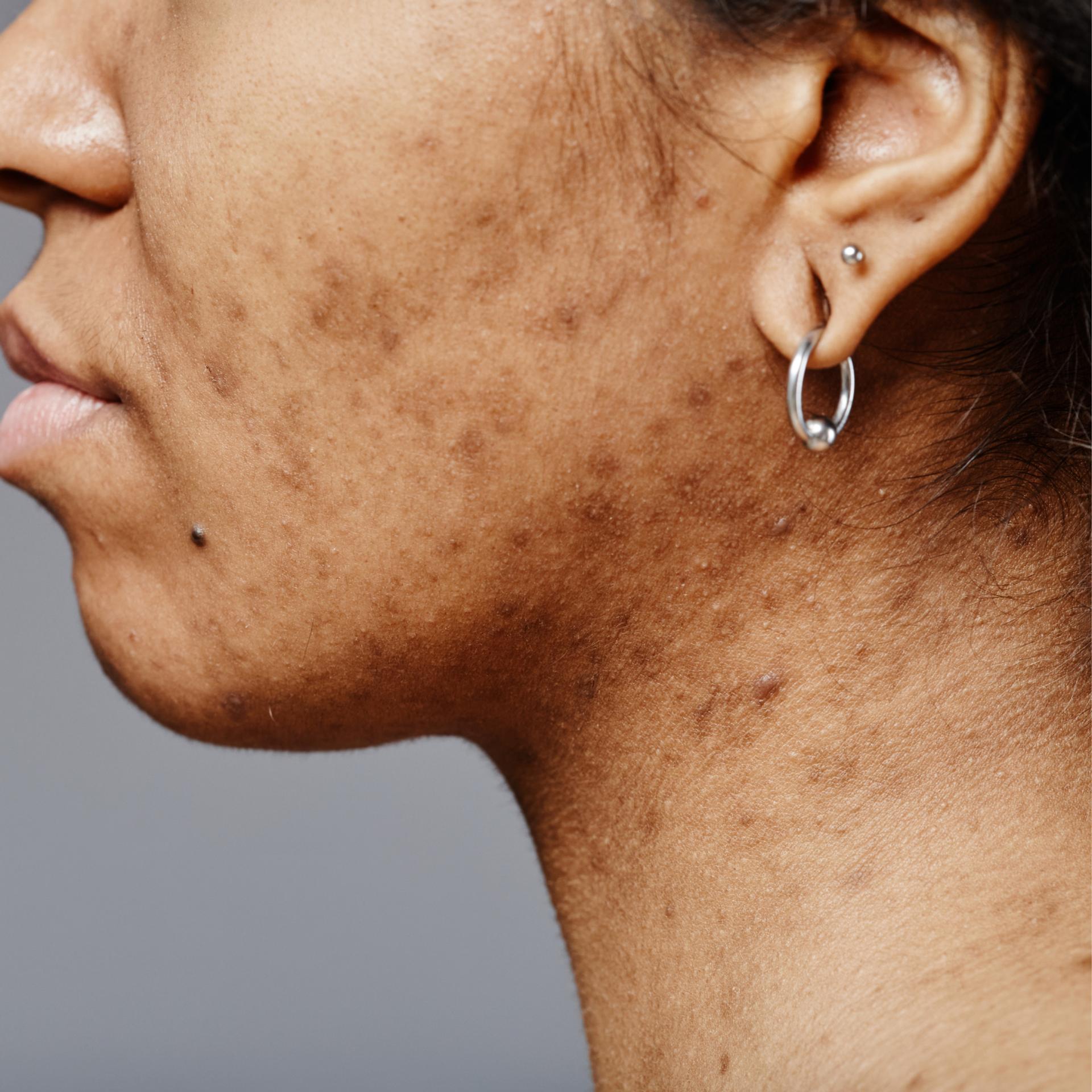
- Flavonoids like Kaempferol, Quercetin, and Hyperoside in lotus petals inhibit tyrosinase, the rate-limiting enzyme in melanin synthesis.
- Nuciferine, an alkaloid, blocks α-MSH receptors in melanocytes, further reducing unwanted pigmentation at the hormonal signaling level.
- Lotus extract also downregulates MITF (Microphthalmia-Associated Transcription Factor) — preventing future hyperpigmentation from sun or inflammation.
Result: Lotus not only fades existing spots but actively slows down new melanin production — ideal for post-acne marks, melasma, tanning, and sun pigmentation.
2. Enhances Skin Renewal & Collagen Integrity

- Lotus amino acids (like Arginine and Leucine) enhance fibroblast activity and procollagen synthesis.
- Lotus polysaccharides stimulate epidermal growth factor (EGF) pathways, boosting skin regeneration speed and wound healing.
- Lotus extract also protects against collagen-degrading enzymes (MMP-1 and MMP-9) induced by UV and pollution exposure.
Result: Increased skin firmness, reduced fine lines, faster healing post-breakouts or procedures — making lotus ideal for mature, damaged, or inflamed skin.
3. Strengthens the Skin Barrier & Improves Hydration

- Lotus root polysaccharides form a bioadhesive moisture film on the stratum corneum, sealing in hydration and reducing TEWL (transepidermal water loss).
- Lotus seeds contain natural ceramide precursors that enhance lipid barrier structure — especially critical in eczema, rosacea, or winter-dry skin.
- Improves aquaporin-3 expression, enhancing water transport between skin layers.
Result: Softer, plumper, more resilient skin even in extreme weather or compromised barrier states.
4. Reduces Inflammation via Multi-Pathway Action
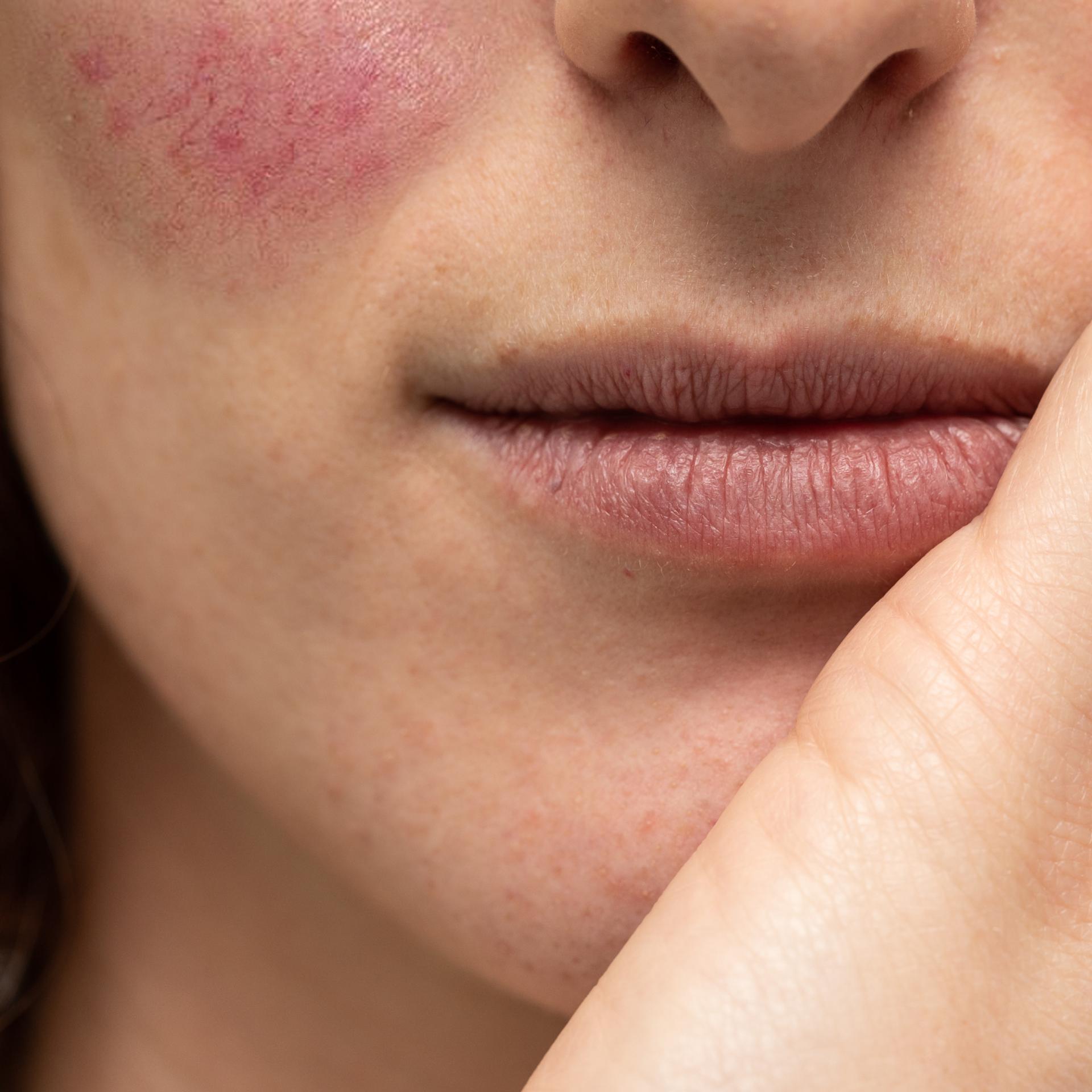
- Lotus extracts inhibit key pro-inflammatory cytokines like TNF-α, IL-6, and NF-κB — calming redness, flare-ups, and hypersensitive skin.
- Quercetin and Kaempferol stabilize mast cells, reducing histamine reactions common in rosacea, allergy-prone, or reactive skin types.
- Nuciferine shows corticosteroid-like effects without the atrophy or rebound.
Result: A true dermo-soother for sensitive, inflamed, or redness-prone skin — from heat rashes to hormonal breakouts.
5. Anti-Microbial & Microbiome-Balancing
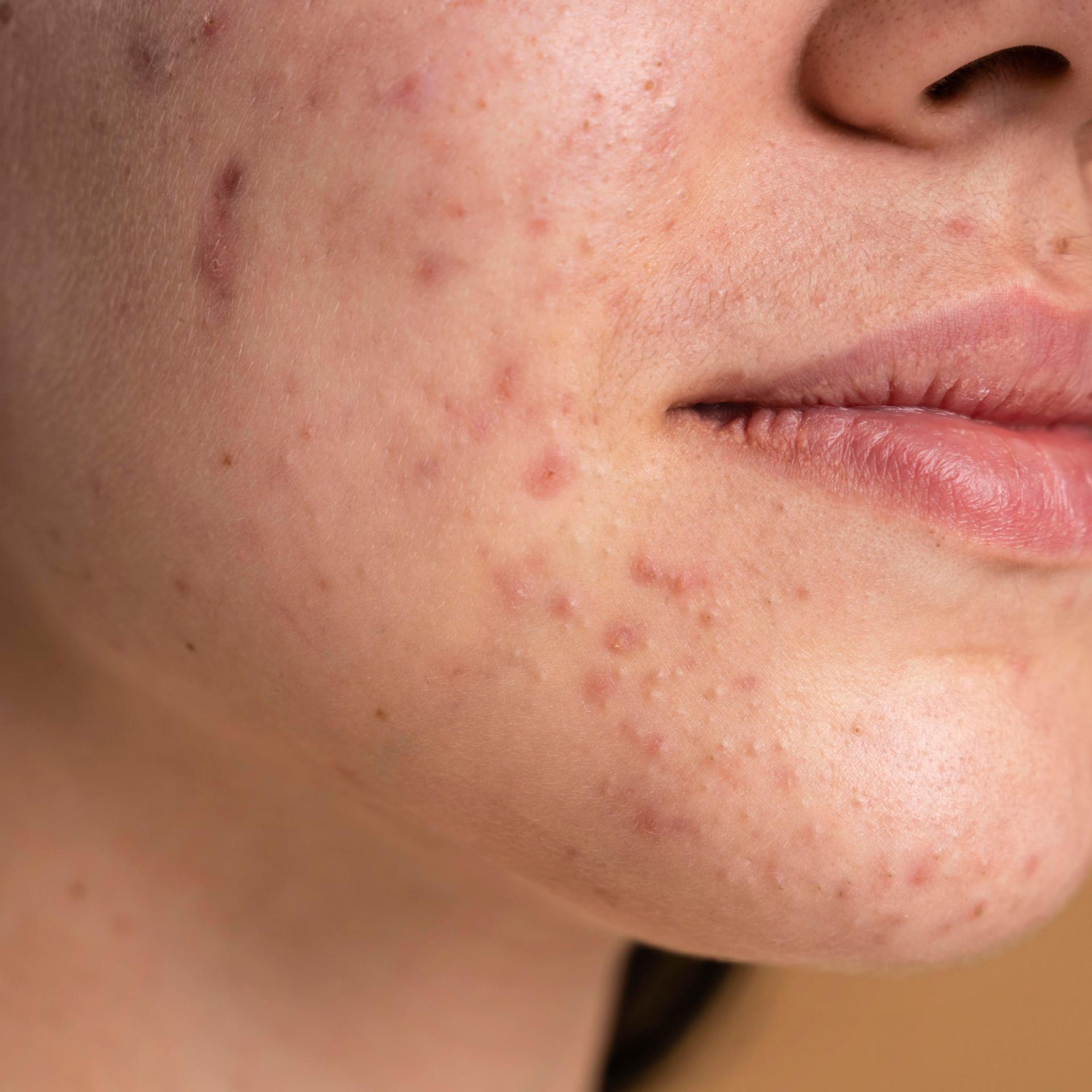
Result: Cleaner, calmer skin with reduced breakouts and no over-drying.
6. Psychodermatological Benefits

Result: Lotus doesn’t just soothe skin. It soothes your skin’s reaction to your emotions — a critical action in today’s stress-triggered skin concerns.
How to Use Lotus
Activation & Rituals

Topical
Internal
Avoid overuse during extreme winter or vata aggravation — combine with grounding herbs like ashwagandha or shatavari if needed.
Seasonal Intelligence
A Summer & Post-Summer Rebalancer

Ayurvedic Insight
Lotus as a Satvik Skin & Mind Herb

The Final Bloom
Lotus Doesn’t Escape the Mud — It Rewrites It

Lotus is the botanical metaphor for resilience. But in skincare, it’s more than metaphor.
It brightens without bleaching, calms without stripping, hydrates without heaviness, and heals without over-correction.
It brings skin back to equilibrium — not by attacking problems, but by nurturing balance.
So the next time you see a lotus bloom from murky waters, know this:
It’s not rising in spite of the mud. It’s rising because of it.
And your skin can, too.
Learn more
